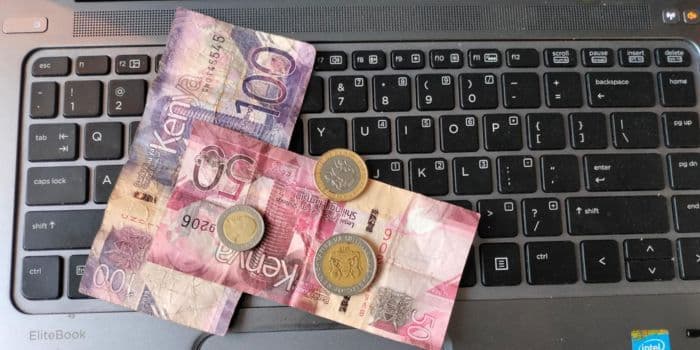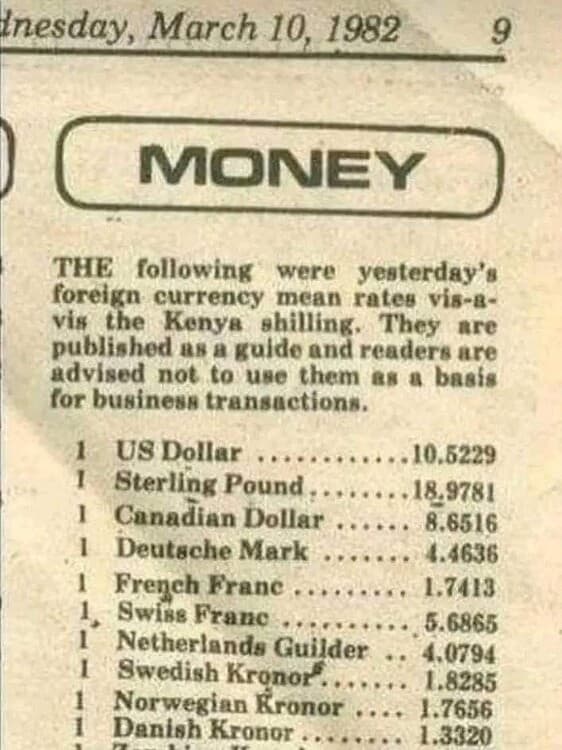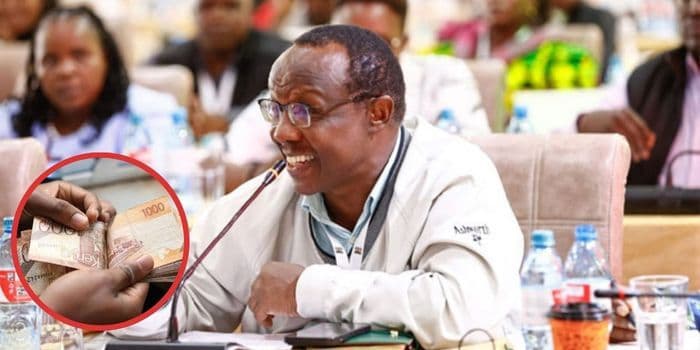I recall during my college days , we had an off campus presentation the Economics legend and Author , Prof: Northcote Parkinson , where he expounded on how Governments create an illusion of progress.
Typically by giving subsidies and then immediately thereafter , impose new Taxes and Levied …
In summary …
“…Robbing Peter to Pay Paul …” ![]()
![]()
One of the precious gems we learned from him …
Here’s one of the many lessons we should be taught in school but aren’t …
Parkinson’s Law.
If you want to get rich , break the law …
Fifty years ago , British writer and economist , Prof: C. Northcote Parkinson stated that most people retire poor because no matter how much they earn , they spend the entire amount and a little more besides.
This is known as Parkinson’s Law , and it’s still true today.
Even though they may be earning WAY more than they did at their first job , most people use every cent of their income to maintain their lifestyle.
No matter how much they make, there never seems to be enough , resulting in ever-growing debt, sleepless nights and financial frustration.
The only way to start accumulating wealth is to break Parkinson’s Law.
How …???
By making sure your expenses increase more slowly than your earnings , then investing what’s left over.
Here’s how to start.
Draw up a budget of all your monthly expenses. Examine every item and question it as if you were analyzing somebody else’s spending.
Look for ways to cut back.
Aim for a 10% reduction in your living costs over the next three months.
"Better yet , find ways to increase your income while reducing your expenses.
Once you’ve achieved that , resolve to save and invest 50% of any increase in earnings you receive.
This still leaves you the other 50% to play with.
If you do this for the rest of your career , regularly investing in revenue , properties or similar investments , according to Prof: Parkinson , you will retire rich …!! ![]()
![]()




